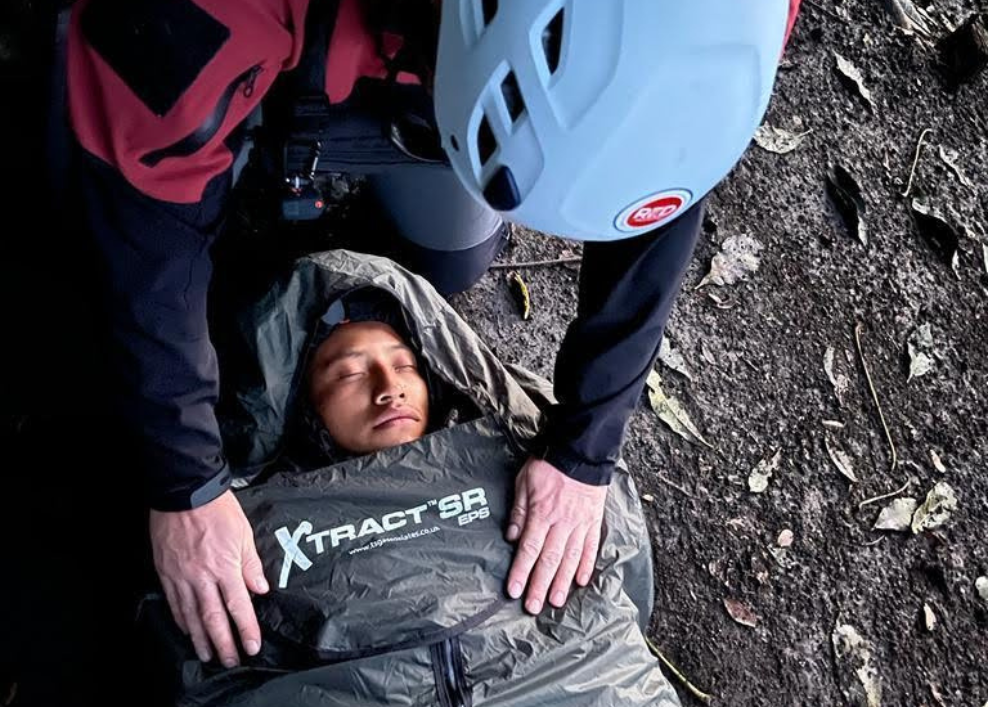


22/01/2024
Understanding hypothermia’s impact on trauma casualties
Hypothermia can be a complication of traumatic injury, capable of exacerbating a casualty’s condition and reducing survival chances. Understanding its impact is essential if seriously injured casualties are to receive optimal care.
Hypothermia is most often associated with cold weather, its prevalence and importance in the trauma casualty can sometimes be overlooked and underestimated. Recognition of why hypothermia management is so important in maximising survivability in trauma requires an understanding of the lethal triad. The "lethal triad" refers to a set of three inter-related physiological factors. These conditions, if not addressed, can contribute to an increased risk of mortality. The lethal triad consists of:
Hypothermia
Trauma patients are at risk of developing hypothermia due to exposure and blood loss. Blood is a major contributor to maintaining body heat, if there is a reduction in blood volume then the ability to achieve this is reduced.
Acidosis
Occurs when there is an imbalance in the body's acid-base equilibrium, leading to increased acidity in the blood. Trauma can cause metabolic acidosis due to inadequate oxygen delivery.
Coagulopathy
Refers to a disruption in the body's normal blood clotting mechanisms. In trauma patients, coagulopathy can result from factors such as tissue injury and the presence of hypothermia, leading to uncontrolled bleeding.
The challenge of reversing hypothermia
A significant problem to solve in treating hypothermia in trauma patients is the difficulty in reversing the condition once it has occurred. When the casualty is experiencing significant blood loss, the body's ability to regulate its temperature is severely diminished. Reversing hypothermia in trauma can be an uphill battle for providers of emergency care, so early intervention and rewarming are critical to improve the chances of survival.
Considerations in treating hypothermia in trauma
Multiple tactics should be employed in the overall strategy including;
- Treating the underlying cause of the trauma
- Active heating
- Passive heating
- Fluid warmers
- How will you access your casualty alongside maintaining heat?
- How will you keep them dry?
The Xtract™SR Heatsaver role in passive heating
At TSG Associates, our Xtract™SR Heatsaver is designed to ensure that casualties at risk of hypothermia are given effective protection. Comprehensively tested in cold rooms to exacting specifications, our Xtract™SR Heatsaver provides a solution to all forms of heat loss within a manageable size and weight.
Find out more
For more information about how to manage trauma and hypothermia, please call us on 01422 557283 to find out more about the Xtract™SR Heatsaver.
.png)









